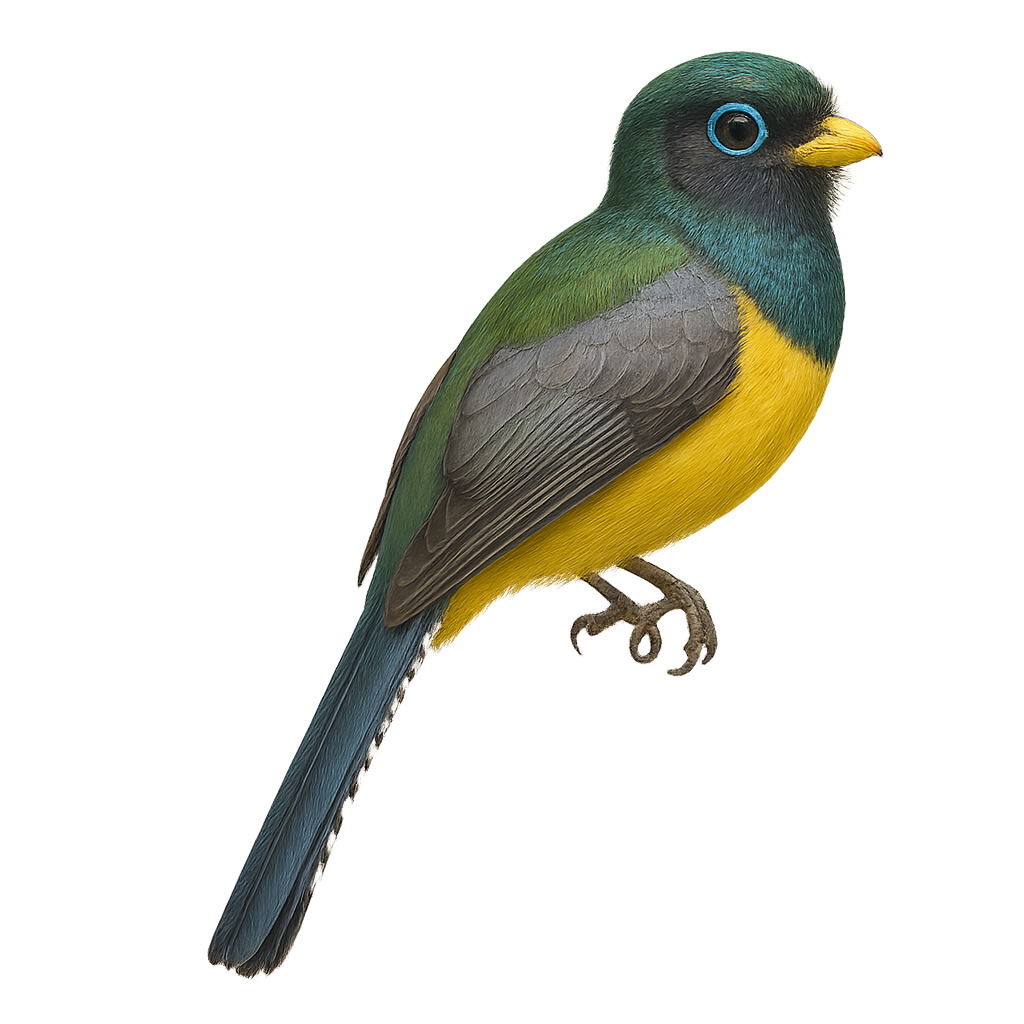Your wildlife photography guide.
Explore the black-throated trogon in detail, study its behavior, prepare your shots.
Where to observe and photograph the black-throated trogon in the wild
Learn where and when to spot the black-throated trogon in the wild, how to identify the species based on distinctive features, and what natural environments it inhabits. The WildlifePhotographer app offers tailored photography tips that reflect the black-throated trogon’s behavior, helping you capture better wildlife images. Explore the full species profile for key information including description, habitat, active periods, and approach techniques.
Black-throated Trogon
Scientific name: Trogon rufus

IUCN Status: Least Concern
Family: TROGONIDAE
Group: Birds
Sensitivity to human approach: Suspicious
Minimum approach distance: 10 m
Courtship display: September to October
Incubation: 17-19 jours
Hatchings: September to November
Habitat:
Tropical forests, humid forests, forest edges
Activity period :
Primarily active during the day, with peak activity in the morning and late afternoon.
Identification and description:
The Black-throated Trogon is a captivating bird of the tropical forests of Central and South America. It is distinguished by its vibrant plumage, with an emerald green back, bright yellow chest, and characteristic black throat. Its tail is long and graduated, often moved subtly. This bird is mainly insectivorous but also consumes fruits. It is often seen perched silently in the canopy, patiently waiting for its prey. The Black-throated Trogon is monogamous and uses tree cavities for nesting. Its song is soft and melodious, often heard at dawn. Although its habitat is threatened by deforestation, it remains relatively common in protected areas.
Recommended lens:
400 mm – adjust based on distance, desired framing (portrait or habitat), and approach conditions.
Photography tips:
To photograph the Black-throated Trogon, focus on tropical forests where it often perches in the canopy. Use a 400mm lens or longer to capture precise details without disturbing the bird. Be patient and wait for it to settle in a well-lit area. Morning is the best time for natural light. Avoid sudden movements to prevent scaring it away. A tripod can be helpful to stabilize your camera, especially in the low light conditions of dense forests.
The WildlifePhotographer App is coming soon!
Be the first to explore the best nature spots, track rutting seasons, log your observations, and observe more wildlife.
Already 1 430 wildlife lovers subscribed worldwide

